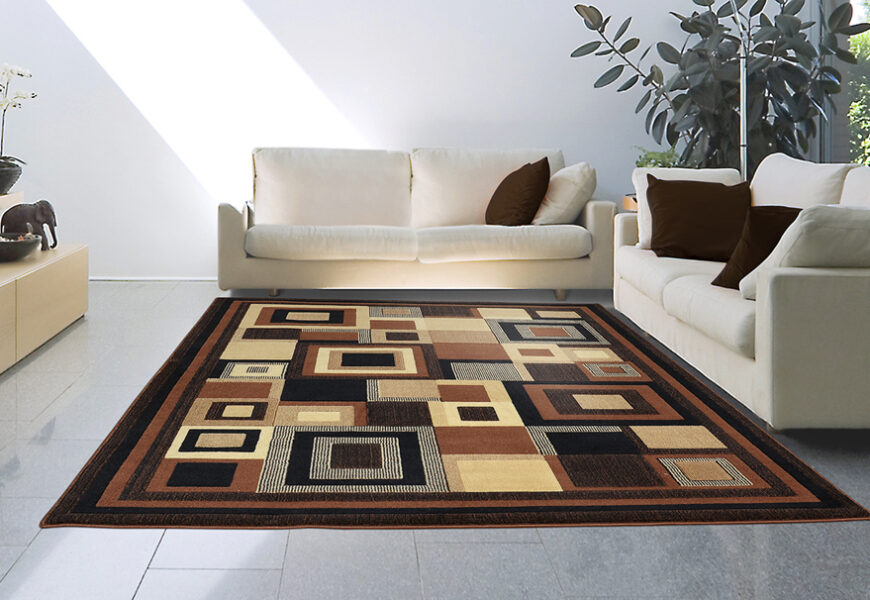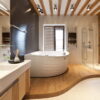Rugs are more than just functional floor coverings—they are powerful design elements that can transform a room by adding warmth, style, and texture. Whether you’re seeking to define a space, introduce a pop of color, or add a layer of comfort, rugs play a crucial role in elevating the look and feel of your home. They are versatile, coming in various shapes, sizes, and materials, allowing homeowners to select the perfect rug to suit their design aesthetic and practical needs.
In this comprehensive guide, we will explore everything you need to know about rugs—from the types available to the materials used, the best ways to choose and place them, and how to care for them properly. Whether you’re furnishing a new home or looking to refresh your space, this guide will help you make informed decisions that will enhance both style and comfort in your home.

RUGS
Types of Rugs
Rugs come in various styles and types, each serving a unique purpose. Understanding these differences will help you make the best choice for your home.
1 Area Rugs
Area rugs are large rugs that anchor furniture and help define a space, making them ideal for open-concept living areas. They come in various sizes and designs, from simple, solid-colored options to intricate patterns that serve as artwork for the floor.
2 Runner Rugs
Runner rugs are long, narrow rugs typically placed in hallways or staircases. They help add warmth and cushion to otherwise hard, high-traffic areas and can guide the eye through the length of a room.
3 Accent Rugs
Accent rugs are smaller than area rugs and are used to highlight specific areas or pieces of furniture. They can be placed under coffee tables, at the foot of a bed, or near entryways.
4 Outdoor Rugs
Outdoor rugs are designed to withstand the elements, making them perfect for patios and decks. Made from durable materials like polypropylene, these rugs are resistant to fading, moisture, and mildew

RUGS
Materials Used in Rugs
The material of a rug significantly impacts its look, feel, durability, and ease of maintenance. Below are some common materials used in rug production:
1 Wool
Wool rugs are prized for their durability, softness, and natural insulation. They are resilient, naturally stain-resistant, and often handmade, adding a touch of luxury to any space.
2 Cotton
Cotton rugs are lightweight and easy to clean, making them ideal for casual spaces like bedrooms and kitchens. They are often machine-washable, which makes them a practical choice for homes with kids or pets.
3 Synthetic Fibers
Rugs made from synthetic materials such as nylon, polyester, and polypropylene are budget-friendly and highly durable. They are often stain-resistant and designed to mimic the appearance of natural fibers, making them a versatile option for high-traffic areas.
4 Natural Fibers
Rugs made from natural fibers like jute, sisal, and bamboo are eco-friendly and add a natural texture to your space. These rugs are great for achieving a more organic or rustic look, although they may not be as soft underfoot as wool or cotton options.
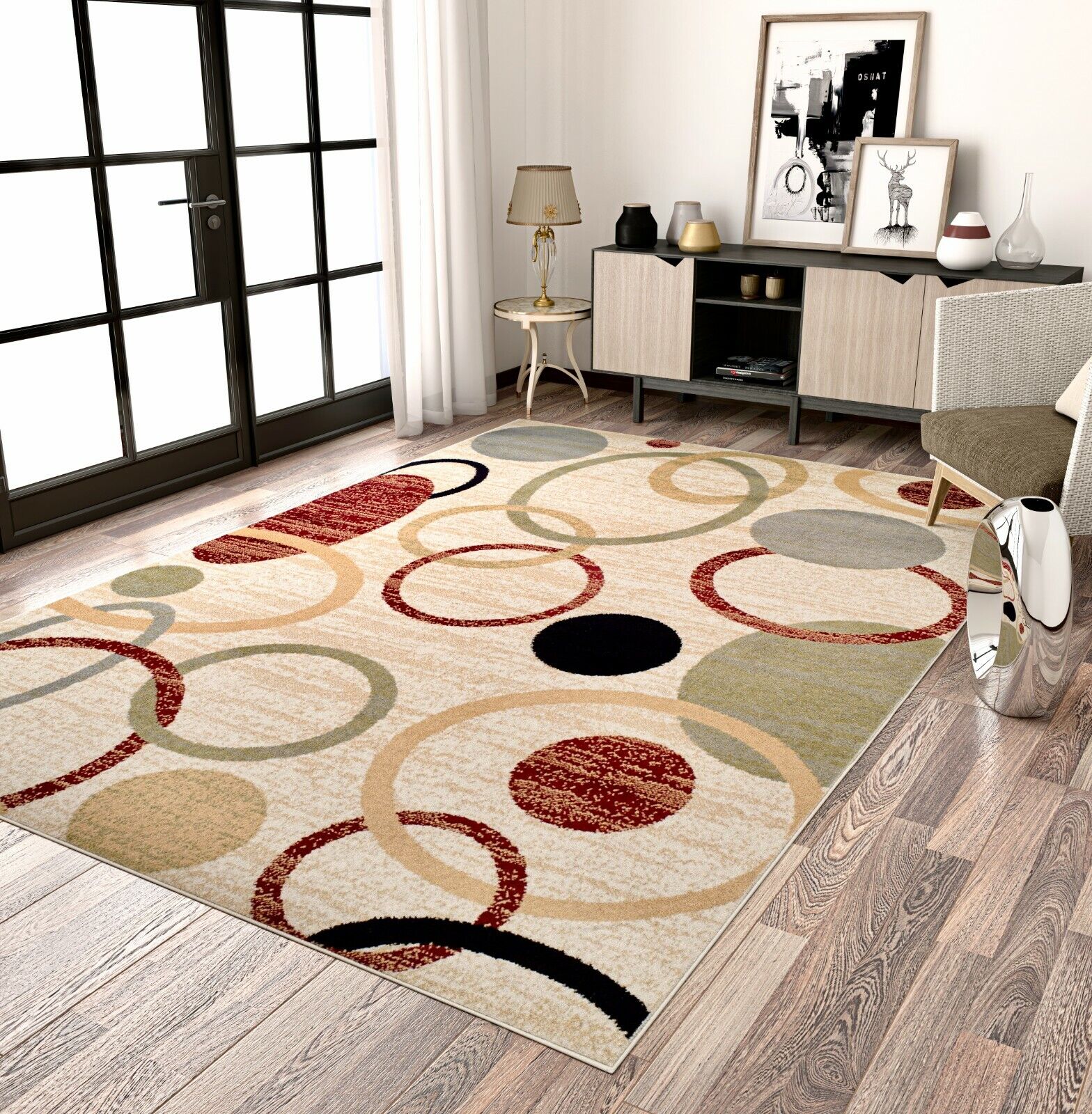
RUGS
Choosing the Right Rug for Each Room
Every room in your home has unique requirements when it comes to selecting the right rug.Here’s a breakdown of the best rug choices for various spaces:
1 Living Room Rugs
In the living room, an area rug should be large enough to fit under the front legs of your furniture, anchoring the seating arrangement. Opt for a design that complements your decor but is also durable enough to handle frequent foot traffic.
2 Bedroom Rugs
In the bedroom, opt for a plush wool or cotton rug that provides a soft and comfortable feel underfoot.A large area rug that extends beyond the bed or smaller accent rugs placed on each side can add comfort and warmth.
3 Dining Room Rugs
In the dining room, choose a rug that is big enough to accommodate both the table and chairs when they are pulled out. Easy-to-clean materials, such as synthetic fibers, are ideal in this space to handle spills.
4 Kitchen and Bathroom Rugs
In kitchens and bathrooms, opt for smaller, washable rugs that can easily be cleaned or replaced. Cotton or synthetic rugs with non-slip backings are ideal for these high-moisture areas.
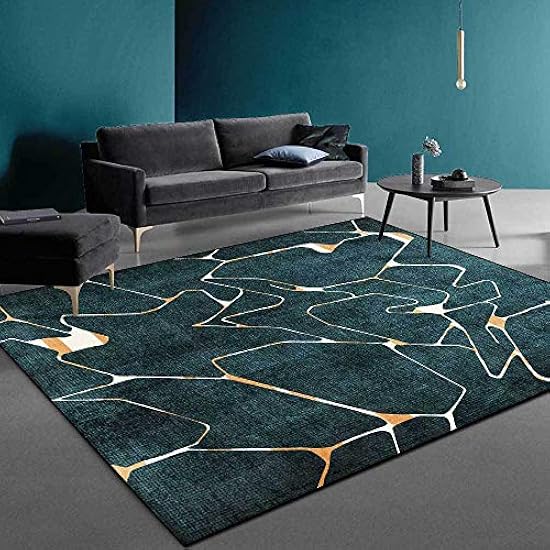
RUGS
How to Properly Measure for a Rug
Selecting the right size rug for your space requires careful measurement.
1 Room Size
Measure the dimensions of your room to determine how much floor space you want the rug to cover. A good rule of thumb is to leave at least 18 inches of bare floor around the perimeter of the rug to create balance.
2 Furniture Layout
The rug should be proportionate to your furniture layout. In a living room, for instance, the rug should either sit under all the furniture or at least the front legs of larger pieces like sofas and chairs.
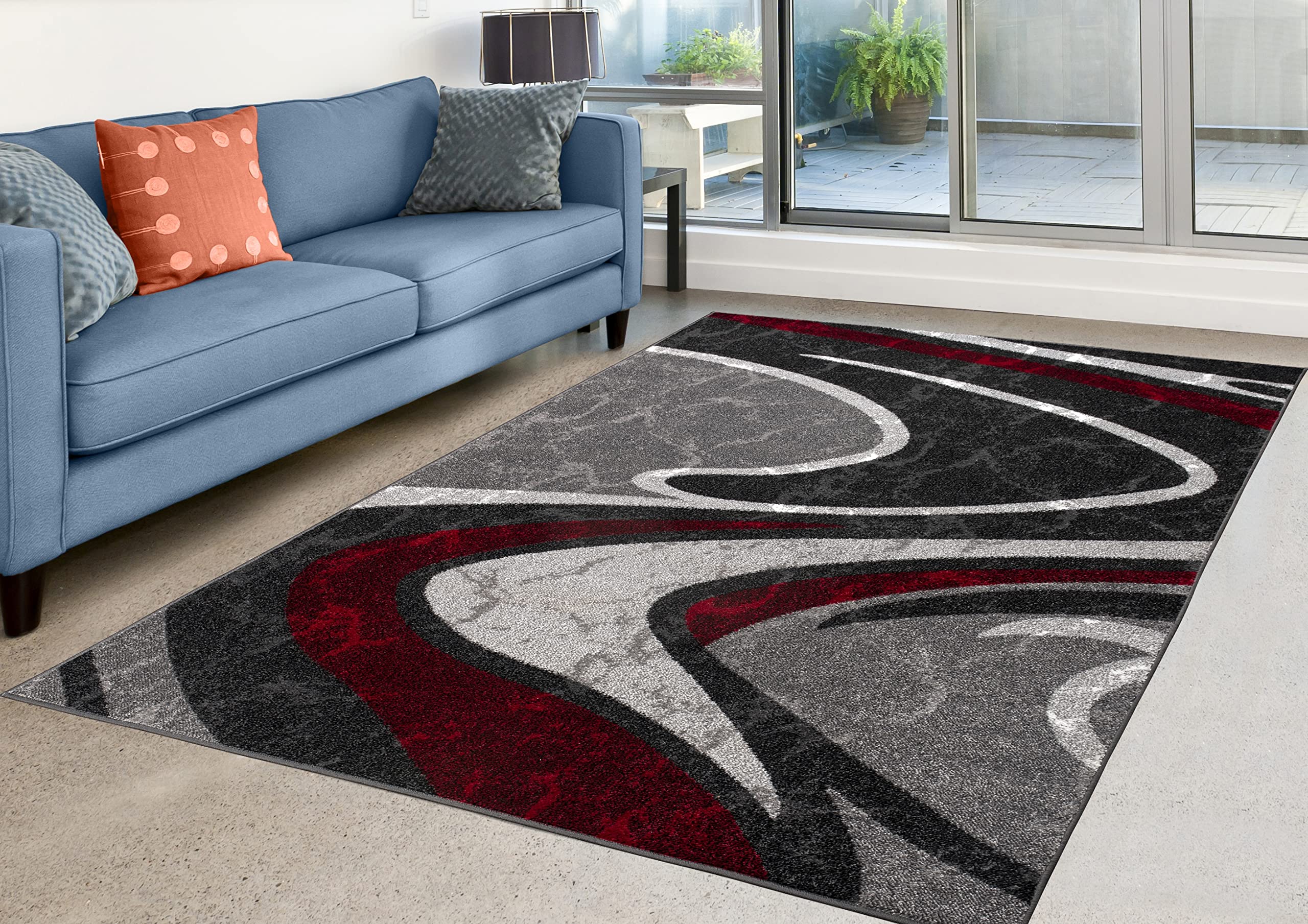
RUGS
Rug Placement Tips for Maximum Impact
Once you’ve chosen the perfect rug, placement is key to achieving the best visual impact.
1 Layering Rugs
Layering rugs has become a fashionable trend in interior design.Place a smaller, decorative rug over a larger, neutral area rug to create depth and texture.
2 Rugs as Focal Points
A bold-patterned rug can act as a focal point in a room, drawing attention and anchoring your design. Use a statement rug to add personality to a more minimalist space.
3 Enhancing Furniture
Use rugs to complement or enhance the furniture in your room. A rug that contrasts with the color of your sofa or dining set can create a striking visual balance.
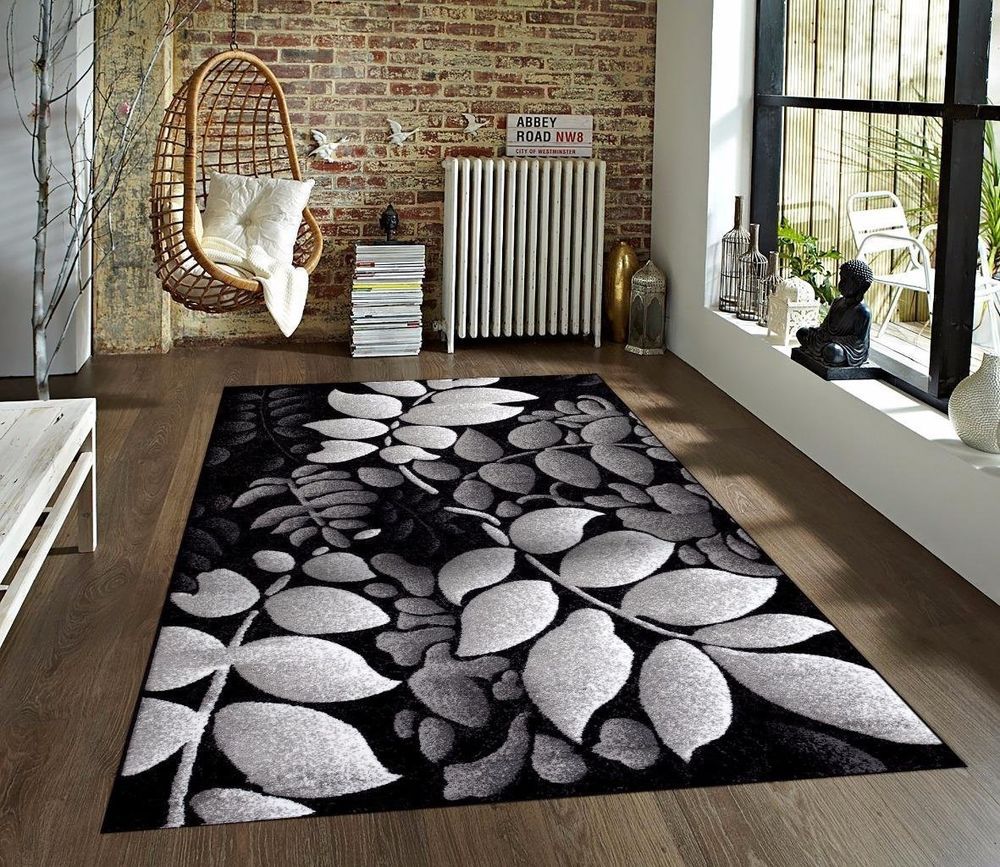
RUGS
Rug Maintenance and Cleaning
To keep your rug looking its best, follow these maintenance tips:
1 Vacuuming and Spot Cleaning
Frequent vacuuming is crucial to maintain your rug’s cleanliness by removing dirt and debris.For spills, blot (don’t rub) with a clean cloth to prevent the stain from setting in.
2 Professional Cleaning
For larger, more delicate rugs, professional cleaning every 12 to 18 months is recommended. This will help maintain the rug’s appearance and longevity.
3 Stain Removal Tips
Different materials require different approaches to stain removal. Wool rugs can be treated with mild detergent, while synthetic rugs might require a stronger cleaner. Be sure to test cleaning products on a small, hidden area first.

RUGS
Sustainable and Eco-Friendly Rugs
As sustainability becomes a growing concern, many homeowners are seeking eco-friendly rug options. Rugs made from natural fibers like jute, sisal, and bamboo are biodegradable and sustainably sourced. Additionally, there are rugs made from recycled materials, such as PET fibers, which offer a stylish yet environmentally responsible choice.
Conclusion
Rugs are an essential design element that can dramatically impact the look and feel of any room. From defining spaces to adding comfort and warmth, the right rug can bring your entire interior together. Whether you’re opting for a luxurious wool rug, a budget-friendly synthetic option, or an eco-friendly natural fiber, your choice should reflect both your style and practical needs. By following this guide, you’ll be well-equipped to select the perfect rug for your space, ensuring a harmonious blend of beauty and functionality.
Frequently Asked Questions (FAQs)
Q1: What is the best material for a living room rug?
A: Wool is often considered the best material for living room rugs due to its durability, softness, and natural stain resistance.
Q2: How do I choose the right size rug?
A: Measure your room and furniture layout. The rug should either cover all furniture or at least the front legs of larger pieces. Leave 18 inches of bare floor around the rug’s perimeter for balance.
Q3: Are synthetic rugs a good choice for high-traffic areas?
A: Yes, synthetic rugs like those made from nylon or polypropylene are highly durable, stain-resistant, and affordable, making them ideal for high-traffic areas.
Q4: Can I use an indoor rug outdoors?
A: No, indoor rugs are not designed to withstand outdoor elements like rain, UV rays, and mildew. Outdoor rugs are crafted from sturdy, weather-resistant materials.

